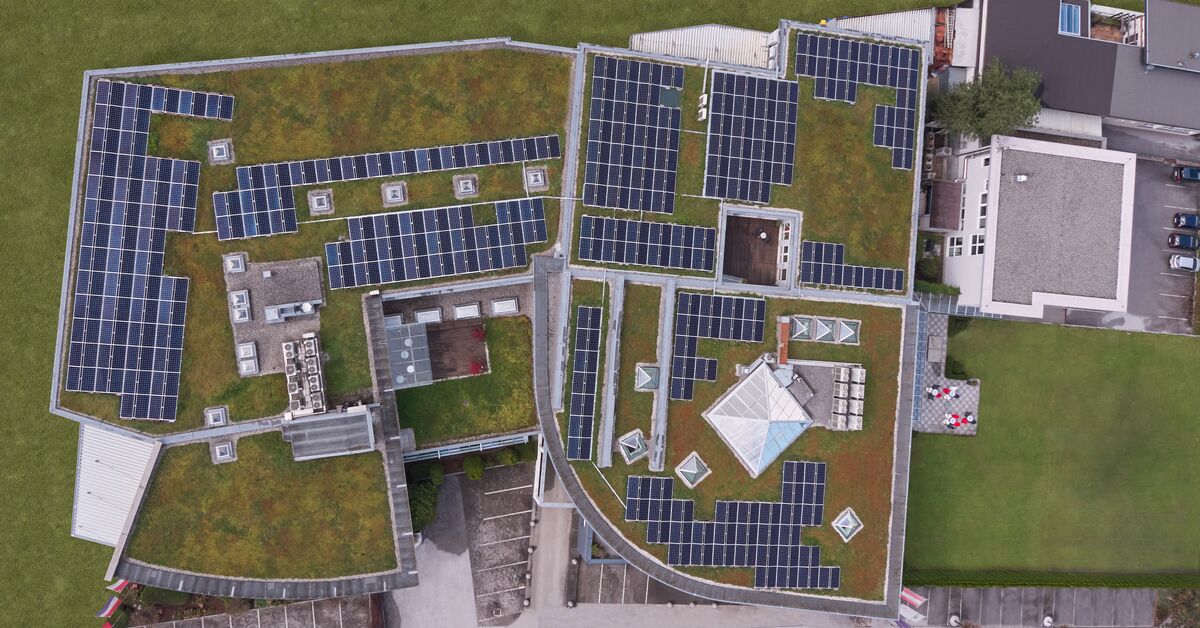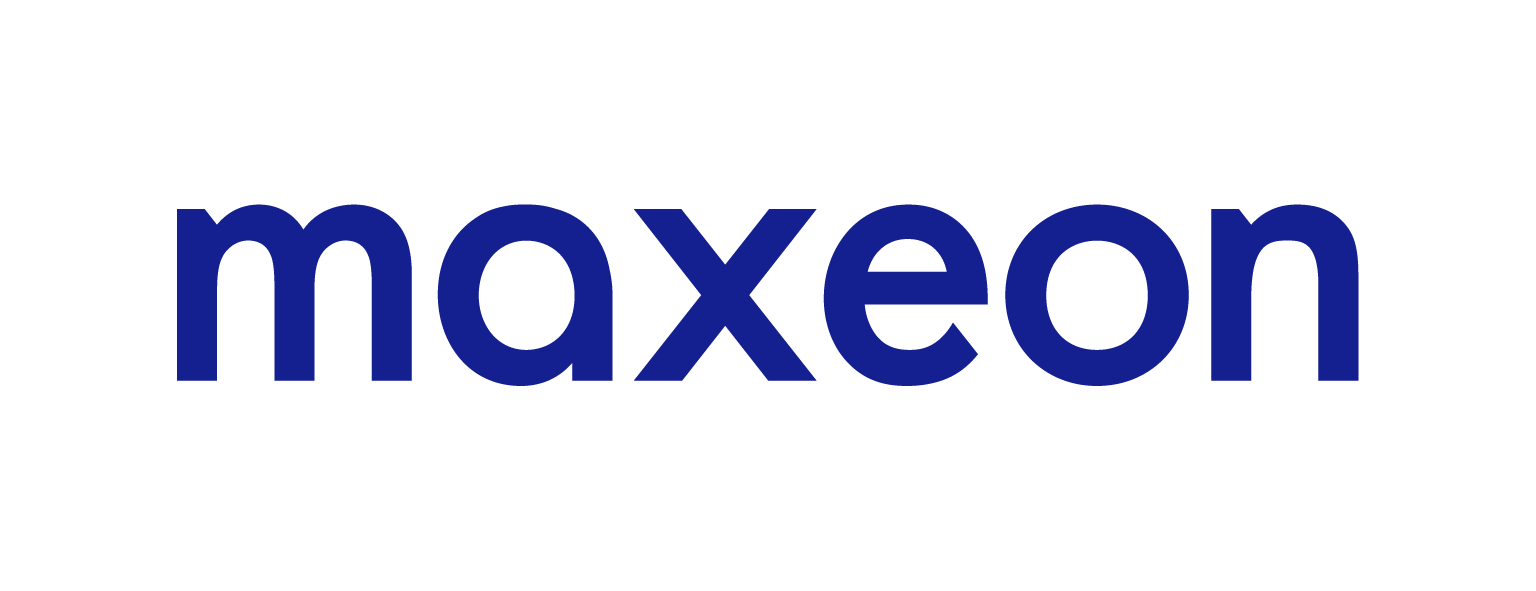Europe’s energising conditions for solar power
As part of the massive scaling-up and speeding-up of renewable energy, the EU has significantly increased its solar energy targets for 2030, recognizing solar power’s central role in Europe’s economic and climate goals . A dedicated strategy to double photovoltaic capacity by 2025 and install 600 GW by 2030 is bold and ambitious but rightly so.
Unprecedented and early heatwaves across western Europe have been described by some scientists as a “foretaste of the future”, with the World Meteorological Organization (WMO) warning that heatwaves will occur more frequently into the 2060s . It’s time to act.
The role of solar in responding to today’s energy challenges
Solar power offers advantages that make it particularly suitable to meet today’s energy challenges. Rhone Resch, President of the Solar Energy Industries Association explains in an article published on the UN website, that “in an increasingly carbon-constrained world, photovoltaic (PV) technology represents one of the least carbon-intensive means of electricity generation”.
PV panels installed on private and commercial buildings collect sunlight and convert it into useable electricity. This process does not rely on fossil fuels, resulting in a clean and emission-free renewable energy source.
Solar energy can also be rolled out rapidly and reward private citizens and businesses with benefits for the climate and their wallets. The EU’s renewable energy policies have helped bring PV costs down by 82% over the last decade , making it one of the most competitive sources of electricity in Europe and the most accessible renewable energy for households.
The cost of PV-power was already significantly less than wholesale electricity prices before the 2021 surge in costs. Given the urgent need to act against climate change and accelerate the rollout across Europe, the cost advantage is now even more relevant.

Accelerating the energy transition with rooftop panels
Rooftops have been the place for most solar energy deployment to date, but there is enormous untapped potential on underutilized rooftops of commercial and residential buildings.
To help meet its ambitious renewable energy target for 2030 from 40% to 45%, the European Commission will phase in legal obligations to install panels on new public and commercial buildings and new residential buildings. If successful, solar will become the largest electricity source in the EU by 2030, with more than half coming from rooftops.
Sustainably-produced solar panels
As a renewable, CO2-free power source, solar panels have a significantly lower environmental impact than other power generation methods. They do not produce air pollution or greenhouse gases when operating.
While solar energy technologies require using materials such as metals and glass that are energy-intensive to make, an increasing number of panels are being designed with circularity in mind, further reducing their carbon footprint.
As a global leader in solar innovation, Maxeon is committed to being at the forefront of creating a circular economy in the solar industry, embedding circularity into our operations and the design of our products. This results in an Energy-payback time for an 8 kWp residential system with Maxeon 3 panels of less than 6 months.
Furthermore, our panels have been calibrated to perform productively for a warranted 40 years, which outperforms the current industry average of 25 to 30 years. Our engineers are continuing to push the frontiers of obsolescence. .
As pioneers in sustainable solar manufacturing, we have enabled more than one million customers to impact the world positively by transitioning to solar energy.
Will you join us in powering Europe with solar energy?
